Practical approach to facial hyperpigmentation
Speaker
Peter Ch'ng
Malaysia
Dr Peter Ch'ng is a consultant dermatologist and skin specialist who always put his patients' safety and wellbeing as his top priority. As an esteemed dermatologist and skin specialist, Dr Peter prides himself in being able to treat acne patients of all types, with a 100% acne treatment success record. He is Vice President for Malaysian Leprosy Relief Association Pahang, Member of Dystrophic Epidermolysis Bullosa Research Association (DEBRA) International, EXCO Member of Malaysia Dermatology Association and Member of Cochrane Skin Group
Source event

Pigmentation | Webinar Series -- Laser Toning & Hyperpigmentation Solutions
Pigmentation | Webinar Series
Global Dermatology is delighted to introduce the new Pigmentation | Webinar Series for managing hyperpigmentation through the eyes of experts, proposing innovative modalities, and evidence-based approaches.
- Pigmentation | World Education Day: A flagship annual event comprising 4-6 sessions of pre-recorded presentations, featuring insights from leading experts in dermatology. This day-long program will provide cutting-edge updates, practical management strategies, and emerging research on pigmentation disorders.
- Pigmentation | Webinar Series: A quarterly series of regionally focused live webinars, each offering 4-6 expert-led presentations. These sessions will spotlight the latest advancements and best practices tailored to address the unique challenges faced by different populations and geographic regions.
- Pigmentation | Medical Courses. A comprehensive, evidence-based medical education program into diagnosing and treating pigmentation disorders.
This initiative brings together global expertise to tackle the complexities of pigmentation disorders through innovative educational opportunities. The Scientific Committee includes:
- Dr. Ezzedine Khaled
- Dr. Michelle Rodrigues
- Dr. Thierry Passeron
- Dr. Goh Boon Kee
- Dr. Patrick Huang
This comprehensive program designed to advance understanding and management of pigmentation disorders worldwide:
- Pigmentary Disorders: Biology and Classification
- Treatments for Pigmentary Disorders
- Aesthetic Procedures for Pigmentation Disorders
- Emerging Research and Future Directions
Join us in this groundbreaking initiative to empower dermatologists, foster collaboration, and improve outcomes for patients with pigmentation disorders worldwide.
Together, we can bridge gaps in knowledge and bring transformative change to the field of dermatology.
Description
A practical approach to facial hyperpigmentation involves a comprehensive assessment of the underlying causes, which may include sun exposure, hormonal changes, and skin conditions. Treatment strategies typically combine topical agents, such as hydroquinone and retinoids, with procedural options like chemical peels and laser therapies. A focus on sun protection is essential to prevent exacerbation of pigmentation issues. Additionally, patient education on lifestyle modifications and adherence to a consistent skincare regimen plays a vital role in achieving and maintaining optimal results. This multifaceted approach ensures a personalized and effective management plan for individuals dealing with facial hyperpigmentation.
Similar videos
Source event Program
Introduction
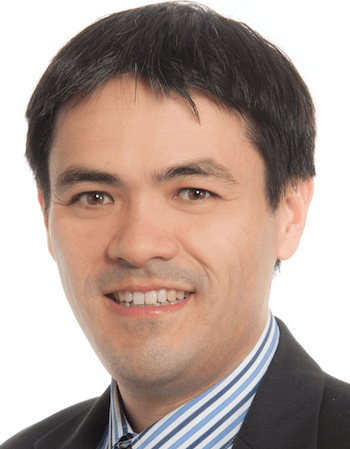
Introduction | Hyperpigmentation - Global Dermatology

Introduction | Hyperpigmentation - CyASIA
Hyperpigmentation | in collaboration with CyASIA
Practical approach to facial hyperpigmentation
Safety and efficacy of laser treatment for pigmentary lesions

Mechanisms of Melanin: Redefining Hyperpigmentation Treatment Through Energy-Based Modalities.

Machine Learning and Generative AI Shaping the Future of Diagnosis and Laser Targeting

Live Discussion | Hyperpigmentation with CyASIA
Patrick HUANG (), Peter Ch'ng (MD), Kentaro Oku (MD)
Might interest you

Cutaneous Medicine: Multidisciplinary Approaches in Dermatology
Chair: Prof. Fahafahantsoa Rapelanoro Rabenja,
This course explores the intersection of dermatology with other medical specialties, emphasizing a collaborative approach to diagnosing and managing complex skin disorders. It covers a wide range of topics, including dermatopathology, rheumatology, oncology, and infectious diseases, highlighting how systemic conditions manifest cutaneously. With contributions from experts in various fields, the text provides comprehensive insights into multidisciplinary care, advanced diagnostic techniques, and innovative treatments. Ideal for dermatologists, internists, and specialists, it bridges gaps between disciplines to improve patient outcomes in cutaneous medicine.

Pigmentation
Chair: Dr Seemal Desai, MD, FAAD
Hyperpigmentation is excess skin color from melanin. Understand melanin synthesis mechanisms and main causes.
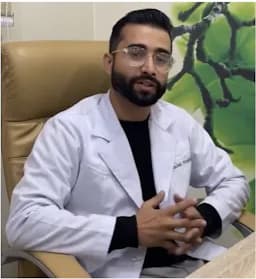
Neglected Tropical Skin Diseases
Chair: Dr. Prajwal Pudasaini, MD
Neglected tropical skin diseases affect poor populations in tropical areas. They include leprosy, mycetoma, and cutaneous leishmaniasis, causing disability and stigma. They receive little attention and resources, leading to poor diagnosis and treatment. Increased awareness and improved healthcare access are needed to help affected communities.
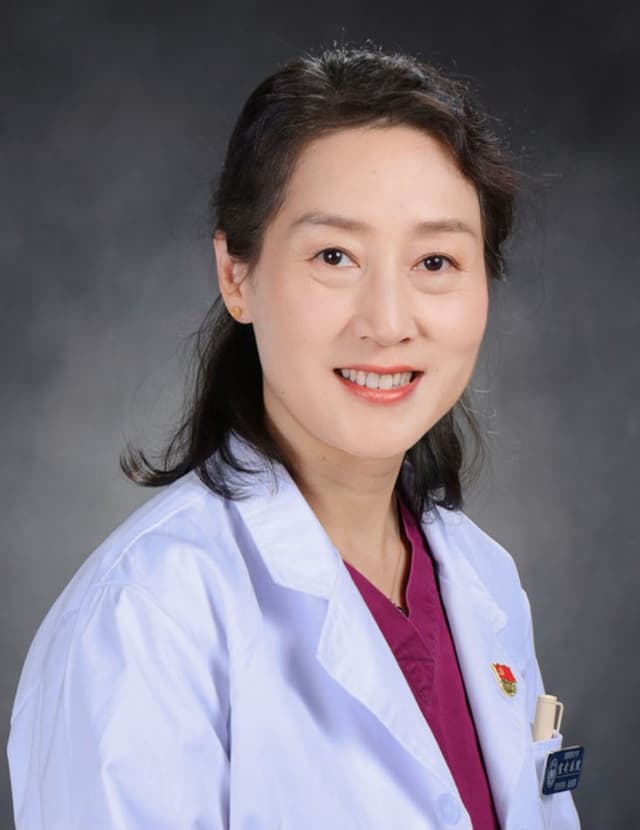
Acne Treatment in China
Chair: Prof. Haiping Zhang, PhD
Acne treatment in China combines traditional methods with modern practices.

Cyspera Medical Education
Chair: Global Dermatology,
Cyspera® is a topical pigment-correcting treatment formulated with cysteamine, a naturally occurring compound that reduces the appearance of persistent hyperpigmentation, including melasma, post-inflammatory hyperpigmentation, and lentigines. It is known for being non-hydroquinone, suitable for long-term use, and effective on all skin types.

Topographic Dermoscopy
Chair: Prof. Awatef Kelati, MD
Topographic dermoscopy refers to the region-specific application of dermoscopic examination, emphasizing the unique morphological patterns found across different anatomical sites. On facial skin, the dermoscopic assessment requires recognizing patterns influenced by the high density of pilosebaceous units and sun-induced changes, often presenting pseudonetworks and annular-granular structures. The ear, with its thin skin and sebaceous gland concentration, reveals specific vascular and follicular clues important in distinguishing benign from malignant lesions.
On the chest and back, where the skin is thicker and sun exposure varies, dermoscopy must account for irregular pigment distribution and architectural disorder, especially in large nevi or early melanomas. Limb lesions may show distinctive features due to mechanical friction, hair density, and vascular variations, demanding precise interpretation to identify atypical nevi or skin cancers.
Palmar and plantar dermoscopy highlights the parallel ridge pattern critical for melanoma diagnosis, contrasting with benign acral patterns like the parallel furrow or lattice-like structures. Scalp and hair disorders benefit from trichoscopy, where dermoscopic evaluation reveals specific signs such as yellow dots, broken hairs, or black dots, aiding in the diagnosis of alopecia areata, androgenetic alopecia, or tinea capitis.
In nail disorders, onychoscopy enables visualization of melanonychia, hemorrhages, and nail matrix changes, crucial for distinguishing subungual melanoma from benign causes like trauma or fungal infection. Mucosal dermoscopy, though technically challenging, provides diagnostic clues in pigmented lesions of the lips, genitalia, or oral mucosa, requiring adaptation to moist, non-keratinized surfaces.
Finally, ultraviolet dermoscopy reveals a unique application: scabies mites fluorescing bright green under UV light, enhancing detection when traditional visualization fails. Topographic dermoscopy thus demands both anatomical knowledge and technical adaptation to maximize diagnostic accuracy across diverse body sites.
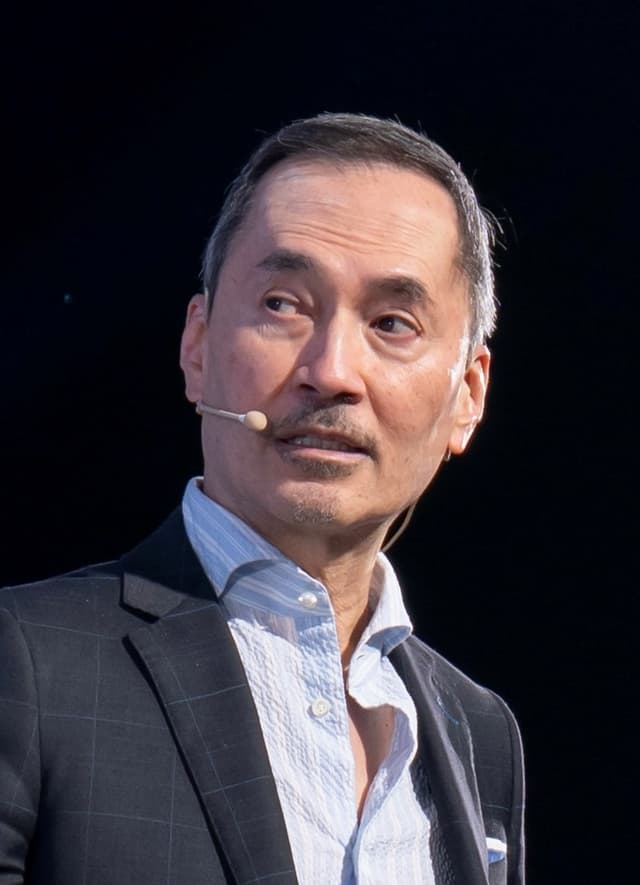
ACNE
Chair: Dr. Jerry Tan, MD
The ACNE | Education Series, led by Dr. Jerry Tan, is a comprehensive global medical education initiative designed to enhance the understanding and skills of dermatologists and healthcare practitioners regarding acne. Participants will gain insights from leading international experts on the latest advancements in acne research, innovative treatment options, and patient-centered care approaches. The event features interactive discussions, live Q&A sessions, and evidence-based strategies, all at no cost. The esteemed faculty includes specialists from the USA, Italy, France, the UK, Singapore, Greece, Australia, Canada, and Germany. This is a valuable opportunity to improve clinical competencies and stay updated on current acne management practices.
Attendees will acquire up-to-date knowledge on acne pathophysiology, new therapeutic options, and patient-oriented management strategies to optimize clinical outcomes in acne treatment. The session will also provide practical insights through expert-led discussions and evidence-based approaches.
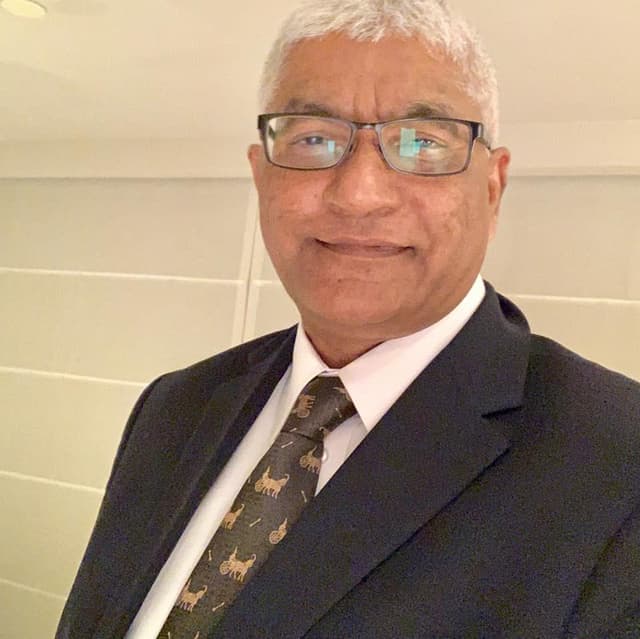
Psychodermatology
Chair: Prof Mohammad Jafferany, MD
This specialized course explores the vital intersection between dermatology and mental health, equipping clinicians with the knowledge and tools to manage psychodermatological conditions effectively. Through a blend of theoretical knowledge and practical application, participants will learn to diagnose and treat dermatological delusional disorders, identify psychiatric comorbidities in skin disease patients, and implement mental health strategies for chronic dermatoses. The curriculum also examines psychological factors in cosmetic dermatology and provides cutting-edge screening techniques for body dysmorphic disorder, including modern digital manifestations like Zoom dysmorphia. Adopting a patient-centered approach, the course emphasizes multidisciplinary management of conditions where psychological and dermatological factors interact. Participants will gain expertise in recognizing psychiatric components of skin diseases, addressing the emotional
burden of chronic conditions, and applying ethical principles in cosmetic practice. The training combines expert instruction with case-based learning to bridge theory and clinical practice. Designed for dermatologists, psychiatrists, psychologists, and primary care providers, this program enhances clinicians' ability to deliver holistic care that addresses both the visible and invisible aspects of skin disorders. Upon completion, practitioners will be better prepared to manage complex psychodermatological cases while improving patient outcomes through integrated mind-skin healthcare.

Dermoscopy
Chair: Prof Awatef Kelati, MD
This comprehensive dermoscopy course provides dermatologists and healthcare professionals with essential skills in skin lesion evaluation, covering fundamental principles through advanced diagnostic applications across five key areas: global dermoscopy practices, pigmented lesion analysis (including differentiation of benign and malignant patterns), specialized techniques for skin of color, skin cancer detection (melanoma and non-melanoma), and general dermatological conditions (inflammatory, infectious, and hair/nail disorders). Participants will develop proficiency in recognizing diagnostic patterns, adapting techniques for diverse skin types, and applying dermoscopic algorithms, ultimately enhancing their clinical accuracy through a combination of theoretical knowledge and practical case-based learning. The course emphasizes real-world application, addressing both common and challenging scenarios in dermatological practice.
